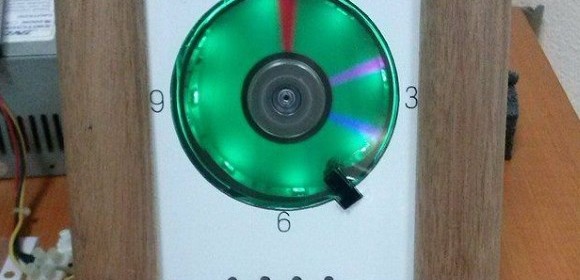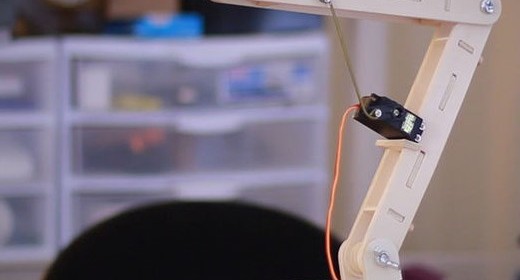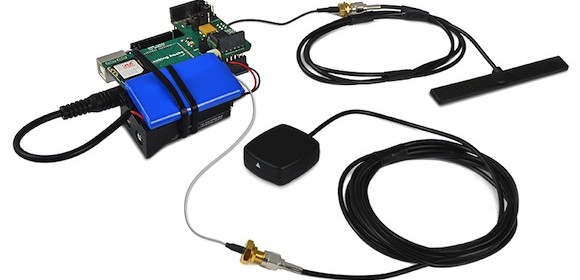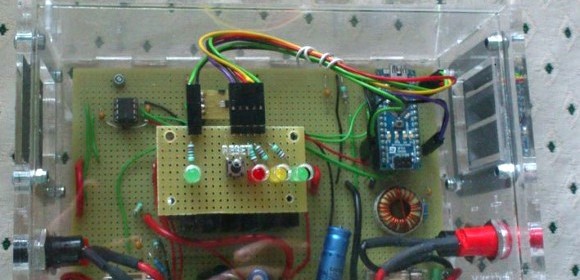Bluetooth controlled door lock
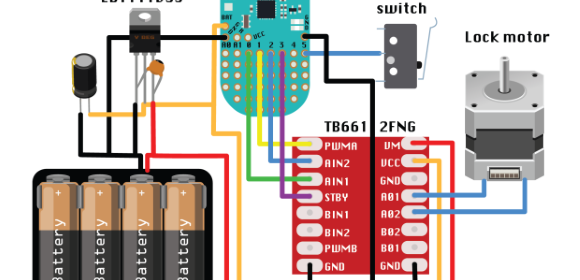
This Bluetooth-controlled door lock, named The Bean Lock, is built around an electronic wireless deadbolt and is controlled by the LightBlue Bean, which is an Arduino compatible microcontroller that is programmed wirelessly over Bluetooth Low Energy so that it can be reprogrammed even after it’s been placed in to the project.
Read more